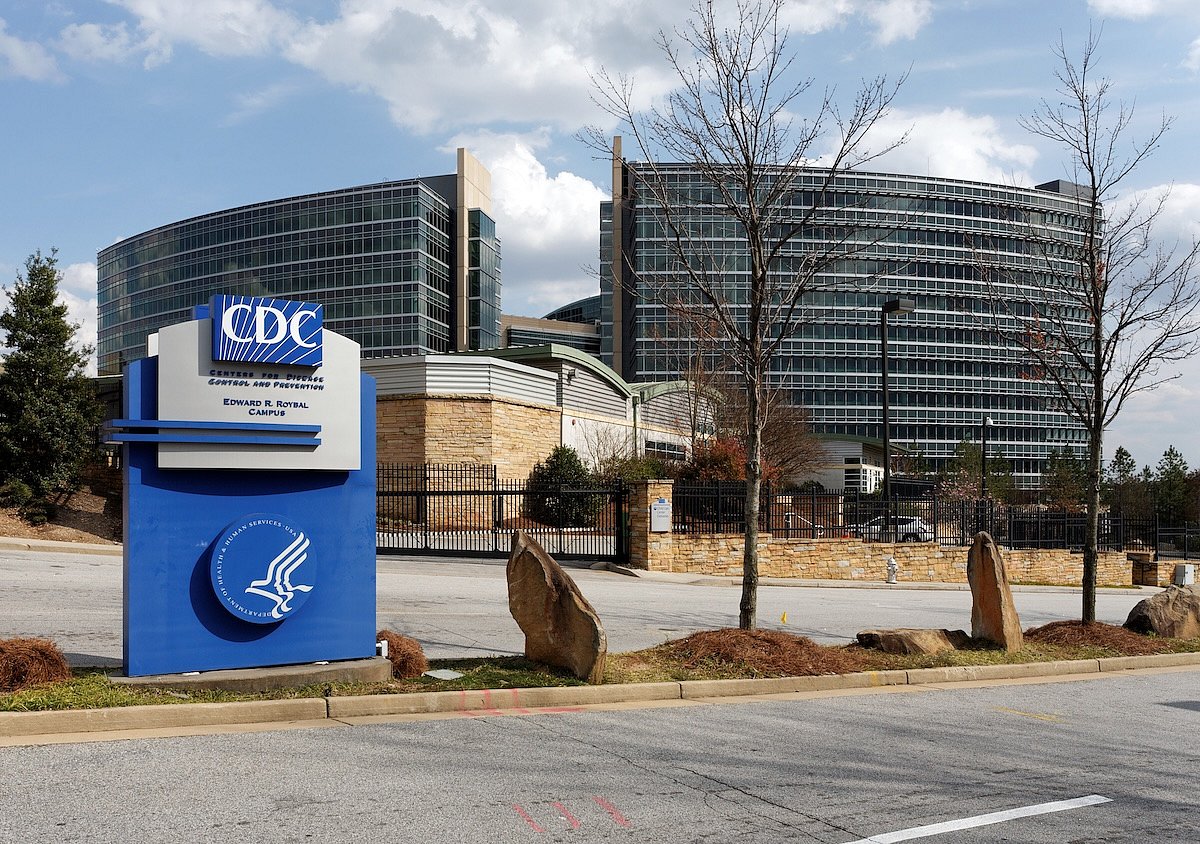Get Healthy!

- Posted September 24, 2025
Drug-Resistant 'Nightmare Bacteria' Infections Soar 70% in U.S.
Infections caused by bacteria that no longer respond to many antibiotics are climbing at an alarming pace in the U.S., new federal data shows.
Between 2019 and 2023, these hard-to-treat infections rose nearly 70%, fueled largely by strains carrying the NDM gene, according to researchers at the U.S. Centers for Disease Control and Prevention (CDC).
These so-called “nightmare bacteria” resist nearly every treatment, including carbapenems — which are considered the last line of defense. That leaves doctors with only two costly drugs that must be delivered intravenously.
“The rise of NDMs in the U.S. is a grave danger and very worrisome,” David Weiss, an infectious disease researcher at Emory University in Atlanta, told The Associated Press. He was not involved in the study.
The new CDC report — published Monday in the Annals of Internal Medicine — found that the rate of carbapenem-resistant infections rose from just under 2 cases per 100,000 people in 2019 to more than 3 per 100,000 in 2023. That's a 69% increase.
Cases tied to the NDM gene saw the sharpest jump: From about 0.25 per 100,000 people in 2019 to 1.35 in 2023. That’s a rise of more than 460%.
Researchers counted 4,341 carbapenem-resistant infections across 29 states in 2023, including 1,831 NDM cases. The report did not say how many patients died.
Study co-author Dr. Maroya Walters, a CDC epidemiologist, warned that common illnesses such as urinary tract infections could become far more difficult to treat as resistant bacteria spread.
Antimicrobial resistance happens when germs gain the ability to fight antibiotics. It is often caused by misuse such as taking antibiotics when they aren’t needed or not finishing prescribed doses.
The COVID-19 pandemic also likely played a role, experts said.
“We know that there was a huge surge in antibiotic use during the pandemic, so this likely is reflected in increasing drug resistance,” Dr. Jason Burnham, an infectious disease researcher at Washington University in St. Louis, told The Associated Press.
The CDC analysis likely undercounts the true number of infections. Many hospitals don’t have the ability to run the necessary tests, and several of the most populous states like California, Florida, New York and Texas weren’t included in the dataset.
That means the actual number of these infections nationwide could be much higher, researchers said.
More information
The World Health Organization has more on antimicrobial resistance.
SOURCE: The Associated Press, Sept. 23, 2025






